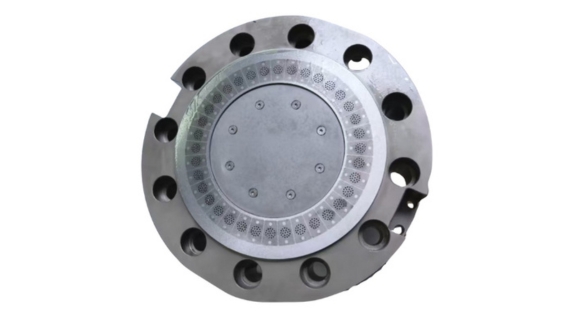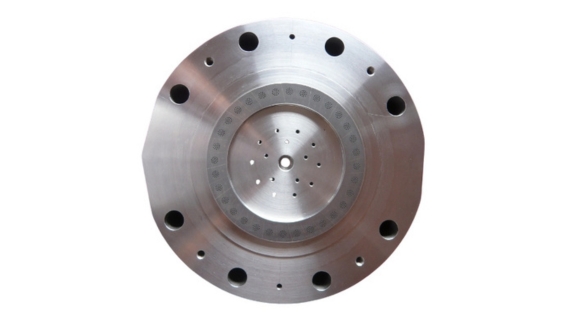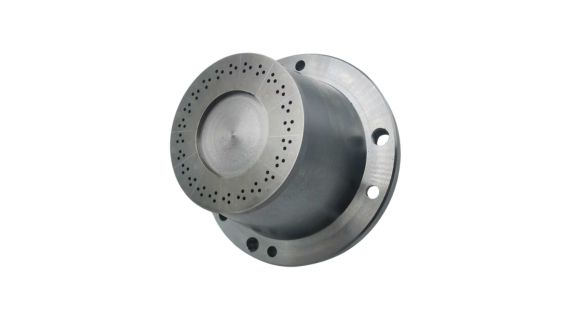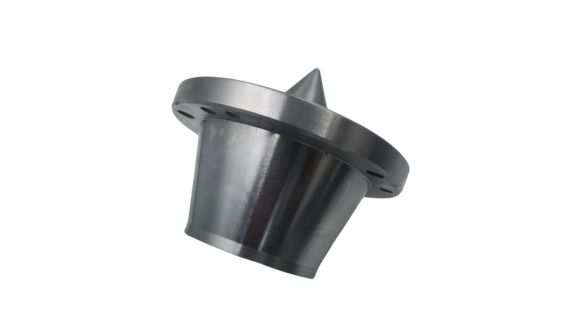Die Plate For EPS
| Products: |
EPS |
|---|---|
|
Number Of Holes: |
60~120 |
|
Hole Diameter: |
1.2~2.3mm |
|
Diameter: |
90~120mm |
|
Production Output: |
100~ 900 kg/h |
|
BKG Pelletizer: |
AH |
DOMIC Die Plate: Global Approvals and Technology Enhancements for Efficient EPS Production
As the world’s leading brand of pelletizing die plate, DOMIC provides the plastic pelletizing industry with long-life, high-temperature, and abrasion-resistant high-performance products. Our granulation belts are made of WC-CoNiCr metal-ceramic composite material, which has improved the anti-wear performance and corrosion resistance.
The life span of ordinary stainless steel die plates is about 6-12 months, while DOMIC new material die plates can reach 2-3 years.
DOMIC pelletizing die plate have passed ISO9001 quality management system, ROSH environmental certification and CE safety certification, and the whole process can be followed from design, production, testing and delivery management.
The core issue of EPS pelletizing industry: stable and efficient output of the equipment. With more than 20 years of design and manufacturing experience, we provide customers with more efficient pelletizing solutions with multiple guarantees such as material innovation, process equipment and system management.
Aerospace-Grade Simulation Technology
The EPS melt, which is engaged by the high pressure and temperature of the extruder, enters the pelletizer system. During this process, the EPS melt and decomposition will also adhere to the inner wall of the die hole of the pelletizing die plate, resulting in fluctuations in extrusion pressure, extrusion continuity and pelletizing granule quality is affected. If not cleaned in time, the pellet adhesion can clog the die holes.
DOMIC optimizes the design of the die holes and the precise temperature control zones from the front end of the design.
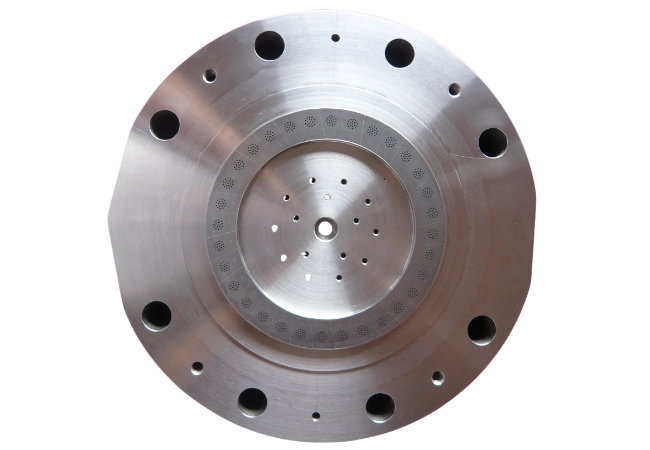
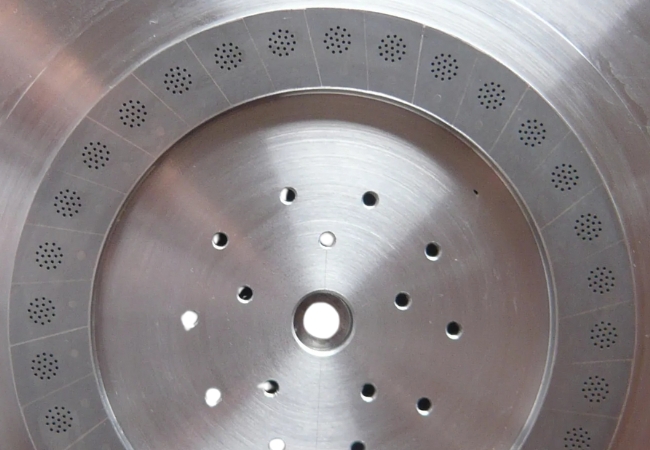
In the development of the EPS pelletizing die plate, Fluent, the leading finite element analysis technology, is used to simulate and analyze the hydrodynamics and thermal stability. Optimize the layout of the die holes on the granulation belt, so that the hole spacing, hole diameter and hole type are suitable for the characteristics of the EPS melt, avoiding pressure fluctuations and achieving stable output.
The pelletizing die plate is in a high-temperature environment for a long time, and the thermal deformation and thermal expansion of the material will affect the die holes. ANSYS thermodynamic analysis is used to analyze the heat conduction channel and heat dissipation structure to optimize the heat dissipation path so that the deformation rate of the die hole is <0.5%.
Material Innovation
Traditional pelletizing die plates, using 316L stainless steel, are short-lived, prone to abrasion and thermal deformation. DOMIC’s self-developed granulation belts uses WC-CoNiCr metal-ceramic composite material to cope with the challenging working conditions of underwater pelletizing of EPS. The abrasion resistance is 2~3 times higher than the traditional alloy, corrosion resistance is 30% higher, and hardness is provided to over HRC90.
We have strengthened the surface treatment process, and the surface roughness of the hole inside the mold is Ra≤0.2μm, which effectively reduces the melt flow resistance.
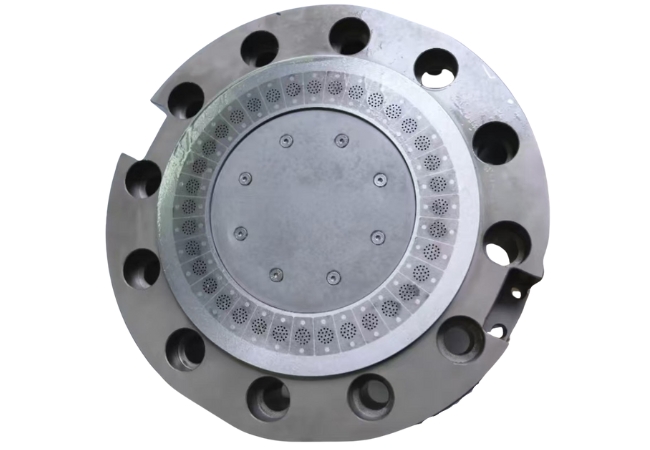
Reasons to Choose DOMIC
Experience Accumulation:More than 20 years of experience in R&D and design of pelletizing die plates, in-depth study of EPS pelletizing characteristics, solving problems from the design source.
Technical Guarantee:From R & D design, manufacturing, testing and delivery, the whole process of traceability management.



